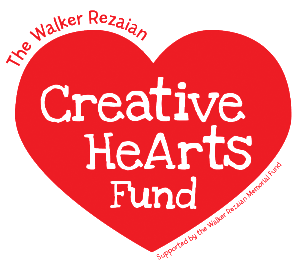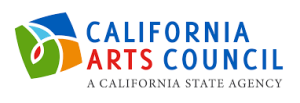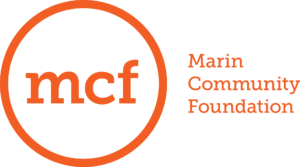What do we need to play? How can we make it? How can we work together? Kindergarteners at Laurel Dell Elementary School in San Rafael spent a wonderful day building imaginary playgrounds.
Using large pieces of black foam core board at each table, students applied skills they had previously learned about shaping paper. Twisting long strips around pencils made spirals; making feet with folds allowed them to make swings. Folding accordion style made the stairs they needed to climb to a slide.
The young artists also explored pattern but using paper with patterns and creating their own patterns on plain paper with pastels. Working with Youth in Arts Mentor Artist Cathy Bowman, we talked about other patterns we saw in the classroom and what connections we could make. How could we work together? How could we connect our ideas to make one playground?
The project offered rich opportunities for Social Emotional Learning through collaboration and sharing. When one little boy wanted shiny paper, several of his classmates offered him some. In another class, a student happily translated the instructions for her table mate, an English Language Learner. Teacher Alejandra Vazquez helped students connect the project to their real world experience by pointing to the blacktop outside their temporary classroom. If you could design the playground of your dreams, she asked, what would it look like? If you needed shade from the hot sun, how would you find it?
At Youth in Arts, we work hard to scaffold projects, building each week on skills learned earlier in the residency. The project was the second time students created playgrounds. Two weeks earlier. they made smaller, individual playgrounds; the following week they drew their own and a friend’s playground on paper, figuring out how they could connect them.
At the end of class, students went on a gallery walk with their hands behind their back to look at each other’s art. We had a rich discussion about similarities we saw in color, shape and line and all the ways we can make connections.
The program is part of the Walker Rezaian Creative HeArts Fund created by Youth in Arts and the Rezaian family and generously supported by the Rezaians. It celebrates Walker’s life and love of the arts and is built around friendship and social emotional learning. How do we make and keep friends? What happens if we both want to build a slide in the same place? It gives children a chance to explore those and other questions in a safe, artistic place.



